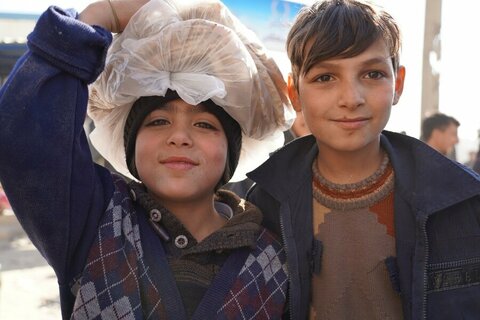Hunger, education for girls, and why WFP’s work in Afghanistan is critical
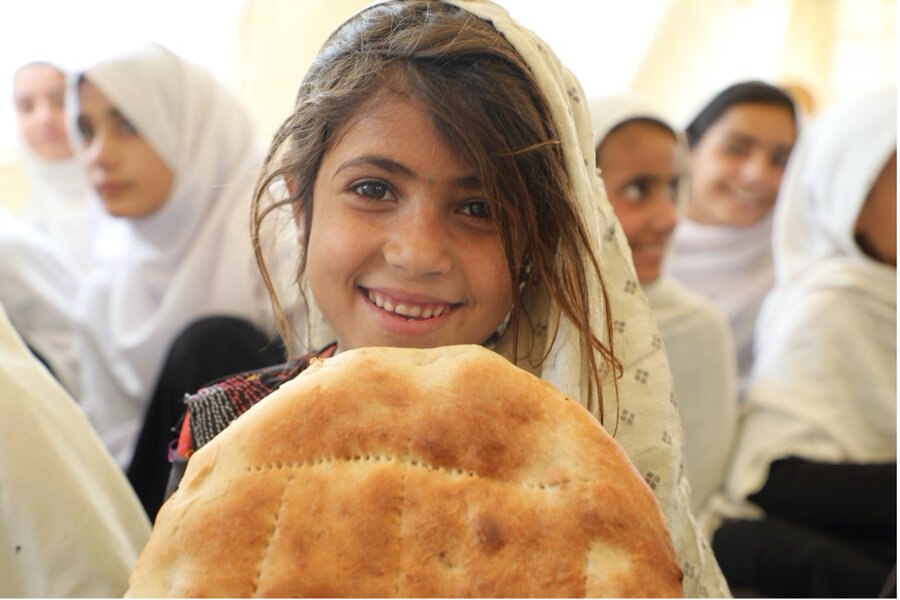
Almost half of Afghanistan’s population – 19.7 million people – are facing acute hunger according to the global standard for food insecurity, the IPC or Integrated Food Phase Classification. However, this figure is expected to go down to 18.9 million between June and November.
This is due, in part, to the wheat harvest season from May to August and a well-coordinated scale-up in humanitarian food assistance along with increased agricultural livelihood support facilitated by generous donor contributions.
The country’s ongoing drought combined with its economic crisis, however, suggests the unprecedented hunger levels people are suffering will continue to threaten the lives and livelihoods of millions of people across the country.
Mary-Ellen McGroarty, World Food Programme (WFP) Country Director for Afghanistan, wants WFP to have the resources it needs to reach the country’s most vulnerable people.
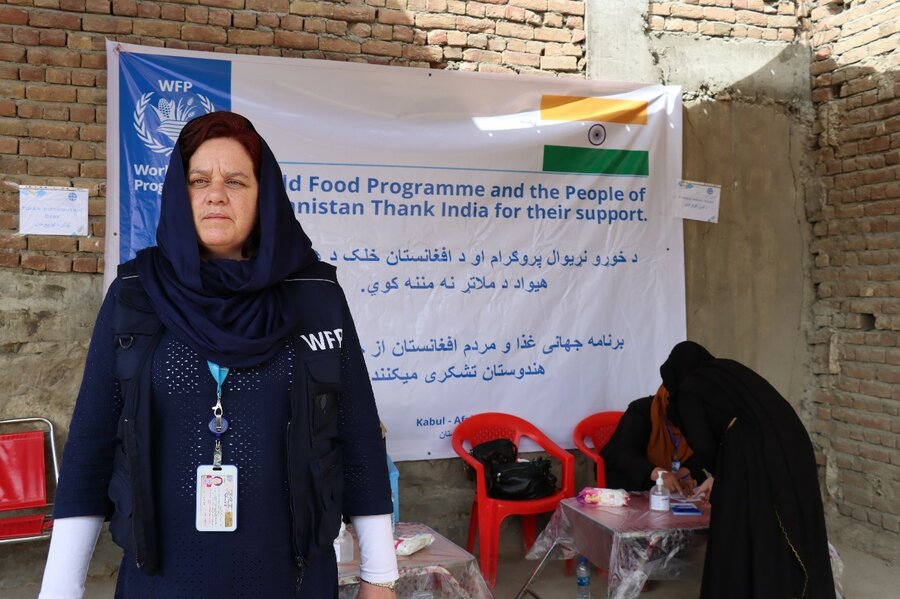
Chief among her fears is that the giving she credits with having averted famine over the brutal winter months will dwindle.
‘’The generosity of our donors and the international community has kept people on their land, in their communities, and in their homes,” she says. ‘’However, assistance must continue - unprecedented levels of hunger continue to grip Afghanistan and its people. Food assistance and emergency livelihoods support are lifelines ... We’ve mounted the world’s largest humanitarian food operation, reaching more than 16 million people since August 2021. We are working with farmers, millers, and bakers, training women, and are creating jobs to support the local economy.’’
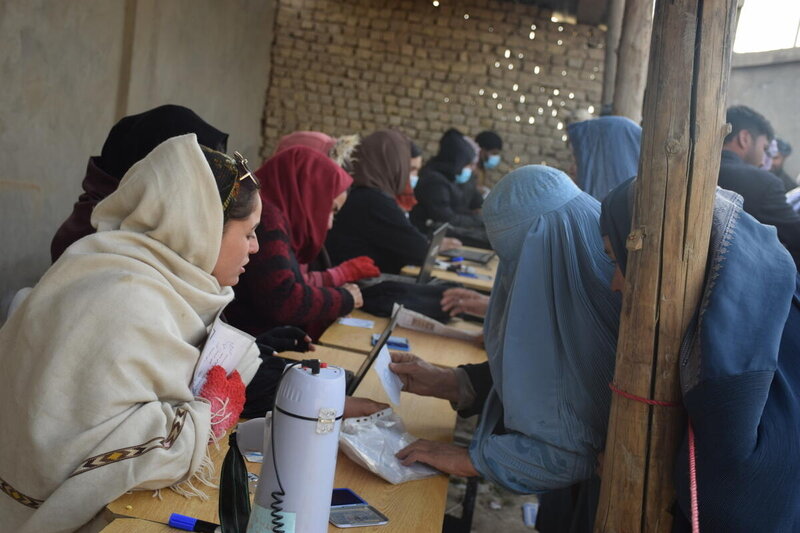
“Because the people of Afghanistan would much prefer jobs over humanitarian assistance, WFP also provides vocational skills training to women across the country. All women who want to work should be able to do so. Allowing the economy to function normally is the surest way out of the crisis, otherwise suffering will grow where crops cannot.”
She adds: “The harvest is not until the end of this month, June, July, depending on where you live,” she says. “We’re hoping it’s a better harvest than last year. However, a lot of that will be already mortgaged because of the crippling levels of personal debt as people borrow to try and feed themselves.”
WFP’s sister agency, the Food and Agriculture Organization, has done an “incredible job in terms of getting seeds out to the communities and into the hands of farmers” but there are worrying signs that drought will continue in some parts of the country, and not all farmers could access seeds. “Many households just couldn’t buy seeds,” says McGroarty.
‘’Resilience programmes run by WFP and other UN agencies create livelihoods and the conditions for private sector investment which could, over time, ease people out of a position where they are living hand-to-mouth,’’ she adds. ‘’Rural, urban, middle, working-class or poor – everyone’s in the same boat today.’’
“Older people who've lived through decades of conflict tell me it's the first time they've ever had to queue for humanitarian assistance.”
“We’re designing programmes that meet not only immediate hunger needs, but also have economic impacts. Take school meals, we have just launched a project called Bread+. Smallholder farmers and processors make flour out of local ingredients – wheat, soy, walnuts, and red raisins. These are all products made in Afghanistan for Afghanistan.
“WFP is planning to work with 220 bakeries and 1,100 bakers – including female bakers – by the end of Septemberto produce bread, so that gives people jobs, a livelihood, and at the same time we are getting kids into school.’’
WFP’s response to feeding school children is critical in this time of extreme food insecurity. Initiatives like Bread+ give girls and boys a boost of energy, protein, and micronutrients so they can grow strong, and concentrate while learning.
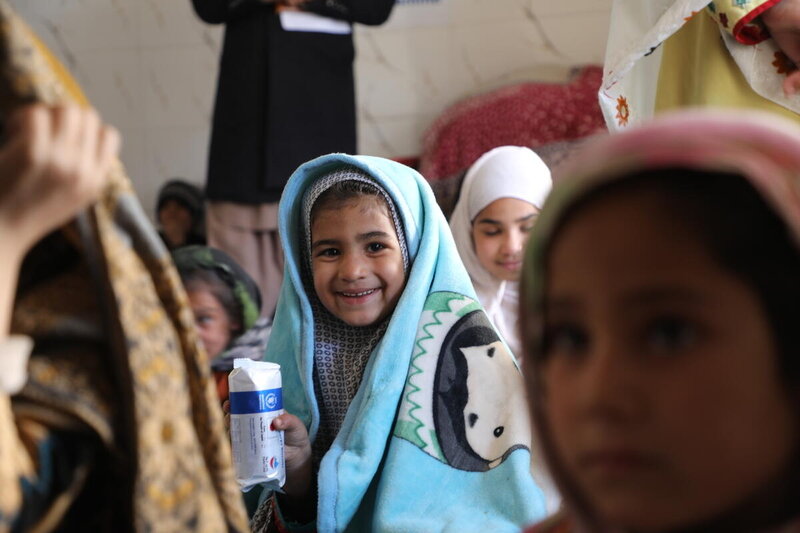
School meals also encourage families to keep their children in school. Young Afghan boys and girls are the future of their country. Restrictions on girls’ rights to secondary education are worrying for this very reason, especially when we think of life-saving services like nursing, midwifery, and medicine where women are badly needed. WFP remains committed to supporting boys and girls in their basic right to education.
‘’Women and girls need to be able to teach, to study, to provide healthcare so they can help avert a worsening humanitarian crisis in this country. We need to reach every Afghan woman, man, boy, and girl and we need women to be able to participate in this response,’’ says McGroarty.
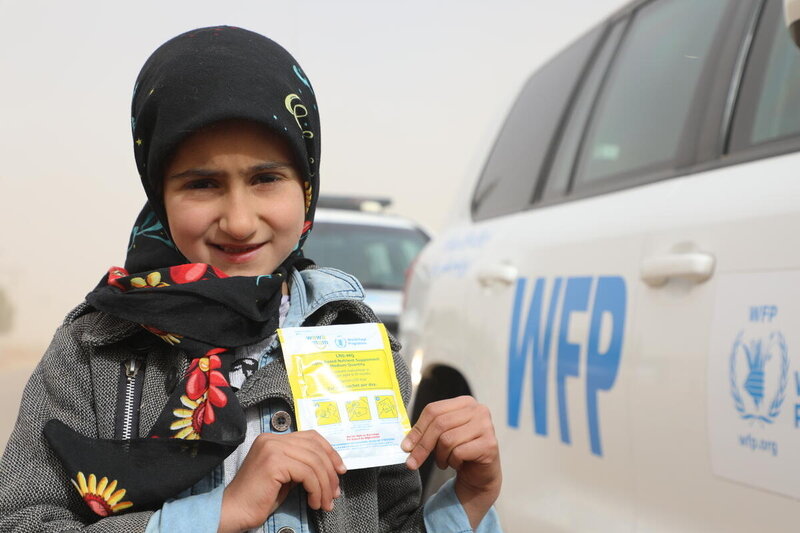
WFP Afghanistan is also scaling up climate adaptation programmes, which are important for food security as the country has suffered frequent climatic shocks in recent years, from severe flooding to extreme drought. “WFP brought over 6,000 hectares of land into cultivation with irrigation so that families and communities can grow food for themselves, and they can mitigate the impacts of climate change,” she says. “WFP has also worked with partners to build 130km of irrigation canals to support communities.’’
WFP is calling for US$588 million for the next six months to meet people’s needs in 2022. The funding, McGroarty says, ‘’is needed for a range of activities including, programmes we are running with women, for women, to provide assistance, but also a platform of support and solidarity for women.
“We need to keep agency in the people of Afghanistan. For it is they who, once they get through this initial trauma will define the pathway for their country.”
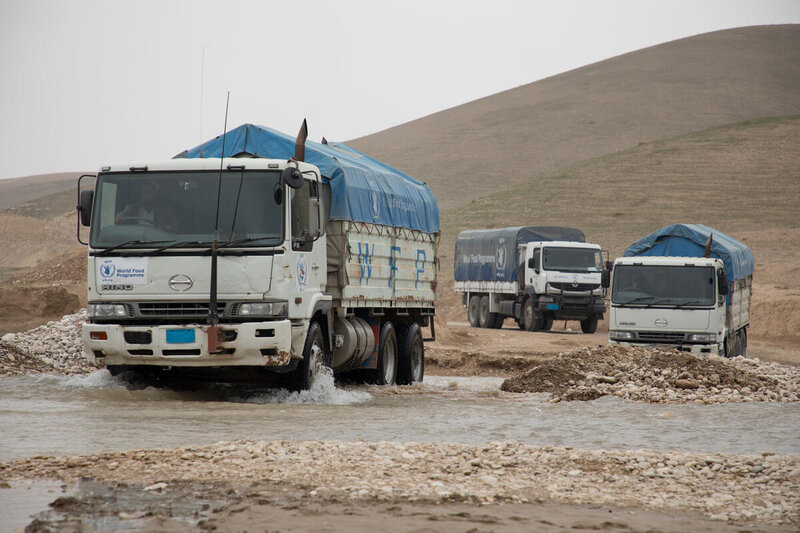
To reach more people each month, WFP deploys a fleet of more than 300 trucks daily to help to get the food from warehouses to more than 2,000 food distribution sites in some of the most remote and mountainous areas of Afghanistan. This year WFP delivered 296,000 metric tons of food to people across the country, while transferring US $113.3 million through cash and commodity vouchers. WFP’s scale-up contributes cash injections to the local economy, providing jobs, supporting local business, and on average contributes $55.8 million to the local economy in any given month.
DONATE to help WFP save lives and change lives in Afghanistan

